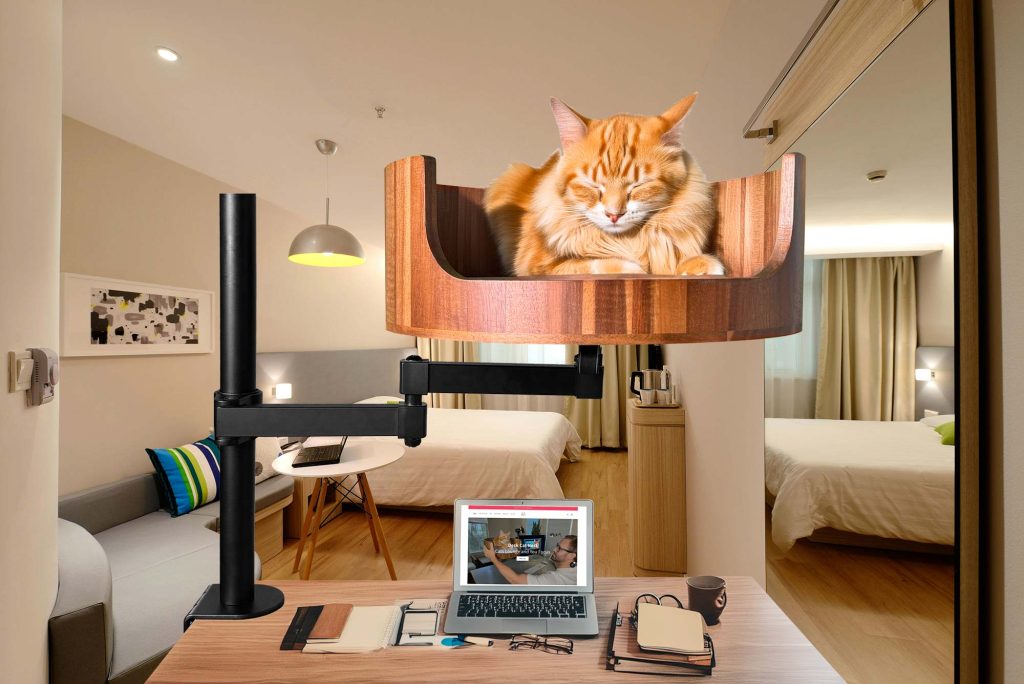Are you constantly finding your home covered in a blanket of cat fur? If so, you are not alone. Cat shedding can be a common and challenging issue for many pet owners to manage. In this article, we will explore the phenomenon of cat extreme shedding and provide valuable tips on how to effectively manage the fur fallout.
From tips on grooming routines to dietary changes, we will cover a range of strategies to help you keep your cat’s shedding under control. Additionally, we will discuss the importance of regular vet check-ups and how underlying health issues can contribute to excessive shedding in cats. By the end of this article, you will have a better understanding of how to tackle the issue of cat extreme shedding and create a more harmonious living environment for both you and your feline friend.
1. Regular grooming and brushing can help minimize shedding in cats by removing loose fur before it ends up all over your furniture and clothes.
2. Providing a balanced diet rich in essential nutrients can promote healthy skin and coat, reducing excessive shedding.
3. Managing stress and anxiety in cats can also help reduce shedding, as cats may shed more when they are anxious or upset.
4. Investing in high-quality grooming tools, such as deshedding brushes, can aid in controlling shedding and keeping your cat’s coat healthy.
5. Consulting with a veterinarian can help determine if excessive shedding is a sign of an underlying health issue that needs to be addressed.
Understanding Cat Shedding
Cat shedding is a normal and natural process for cats to maintain their coat and regulate body temperature. Cats typically shed their fur to get rid of old or damaged hair and make way for new growth. The amount of shedding can vary depending on the breed, health, and season. Some cats shed year-round, while others shed more heavily in the spring and fall. It is important for cat owners to understand this process to help manage the fur fallout effectively.
Factors Contributing to Extreme Shedding
There are several factors that can contribute to extreme shedding in cats. Poor nutrition, stress, hormonal imbalances, and health issues such as allergies or parasites can all impact the amount of shedding a cat experiences. Additionally, certain breeds of cats, like Siamese or Burmese, are known to shed less than others. Identifying the underlying cause of your cat’s excessive shedding is crucial in finding the right solution to manage it effectively.
Tips to Manage Cat Shedding
1. Regular grooming: Brushing your cat regularly can help remove loose fur and prevent matting. Use a comb or brush specifically designed for cats to effectively remove excess hair and distribute natural oils throughout the coat.
2. Healthy diet: Providing your cat with a balanced and nutritious diet can help improve the health of their skin and coat, reducing shedding. Make sure to feed your cat high-quality cat food that is appropriate for their age, breed, and activity level.
3. Stress management: Cats can shed more when they are stressed or anxious. Creating a calm and safe environment for your cat, with plenty of hiding spots and enrichment activities, can help reduce stress and minimize shedding.
4. Regular vet check-ups: Schedule regular visits to the veterinarian to ensure your cat is healthy and free from any underlying health issues that may be causing excessive shedding. Your vet can also recommend supplements or treatments to help manage shedding.
5. Use deshedding tools: Deshedding tools like slicker brushes, shedding blades, or grooming gloves can help remove excess fur and reduce shedding. These tools are designed to reach deep into the cat’s coat and effectively remove loose hair.
By implementing these tips and strategies, cat owners can effectively manage and reduce the fur fallout caused by extreme shedding in their feline companions. Remember that shedding is a natural process for cats, and by understanding and addressing the contributing factors, you can help keep your cat’s coat healthy and shiny.
Frequently Asked Questions
How can the Desk Cat Nest help with cat extreme shedding?
The Desk Cat Nest provides a cozy and comfortable spot for your cat to rest and relax, which can help reduce stress levels that could be contributing to excessive shedding. Additionally, the enclosed design of the cat nest can help contain loose fur, reducing the amount of hair that ends up on your furniture and floors.
Is the Desk Cat Nest easy to clean?
Yes, the Desk Cat Nest is designed for easy cleaning. The removable cushion and washable fabric make it simple to keep the cat nest fresh and free of excess hair. Regular cleaning can also help reduce shedding by removing loose fur before it has a chance to accumulate.
Will my cat actually use the Desk Cat Nest?
While every cat is different, many cats are attracted to cozy, enclosed spaces for sleeping and relaxation. The soft cushion and plush fabric of the Desk Cat Nest can be very appealing to cats, especially those that like to nest and knead before settling down for a nap.
Can the Desk Cat Nest help with other common cat behavior issues?
While the Desk Cat Nest is primarily designed to address shedding, many cat owners have found that providing a designated resting spot can also help with other behavior issues. Cats that feel secure and comfortable in their own space are less likely to exhibit destructive behavior or seek out other inappropriate resting spots.
In conclusion, the Desk Cat Bed is a valuable choice for cat owners dealing with extreme shedding. By providing a cozy and comfortable space for cats to rest, the Desk Cat Bed helps reduce stress, which can contribute to excessive shedding. Additionally, the raised design of the bed keeps cats off of floors and furniture, further minimizing the spread of loose fur. With its easy-to-clean materials and stylish design, the Desk Cat Bed is not only a practical solution for shedding issues, but also a stylish addition to any home. Invest in a Desk Cat Bed today to help manage your cat’s shedding and create a peaceful environment for both you and your furry friend.


